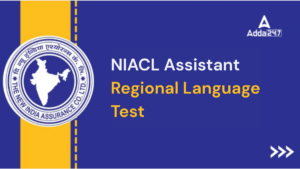
Q1. Which is the first step in the software development life cycle ?
(a) Analysis
(b) Design
(c) Problem/Opportunity Identification
(d) Development and Documentation
(e) None of the above
Q2. Actual programming of software code is done during the ____________ step in the SDLC.
(a) Maintenance and Evaluation
(b) Design
(c) Analysis
(d) Development and Documentation
(e) none of the above
Q3. Who designs and implement database structures?
(a) Programmers
(b) Project managers
(c) Technical writers
(d) Database administrators
(e) none of the above
Q4. ____________ is the process of translating a task into a series of commands that a computer will use to perform that task.
(a) Project design
(b) Installation
(c) Systems analysis
(d) Programming
(e) None of the above
Q5. Debugging is:
(a) creating program code.
(b) finding and correcting errors in the program code.
(c) identifying the task to be computerized.
(d) creating the algorithm.
(e) none of the above
Q6. Cohesion is a qualitative indication of the degree to which a module:
(a) can be written more compactly.
(b) focuses on just one thing.
(c) is able to complete its function in a timely manner.
(d) is connected to other modules and the outside world.
(e) none of the above
Q7. Coupling is a qualitative indication of the degree to which a module:
(a) can be written more compactly.
(b) focuses on just one thing.
(c) is able to complete its function in a timely manner.
(d) is connected to other modules and the outside world.
(e) none of the above
Q8. Which technique is applied to ensure the continued evolution of legacy systems?
(a) Forward engineering
(b) Reverse Engineering
(c) Reengineering.
(d) b and c
(e) none of the above
Q9. W3C stands for :
(a) World Wide Web Consortium
(b) World Wide Web Collaboration
(c) World Wide Web Community
(d) None of the mentioned
(e) whole world wide
Q10. What category of web-based system would you assign to discussion groups?
(a) Collaborative work
(b) Online communities
(c) Web portals
(d) Workflow-oriented


 GA Capsule for SBI Clerk Mains 2025, Dow...
GA Capsule for SBI Clerk Mains 2025, Dow...
 The Hindu Review October 2022: Download ...
The Hindu Review October 2022: Download ...
 NIACL Assistant Regional Language Test 2...
NIACL Assistant Regional Language Test 2...





